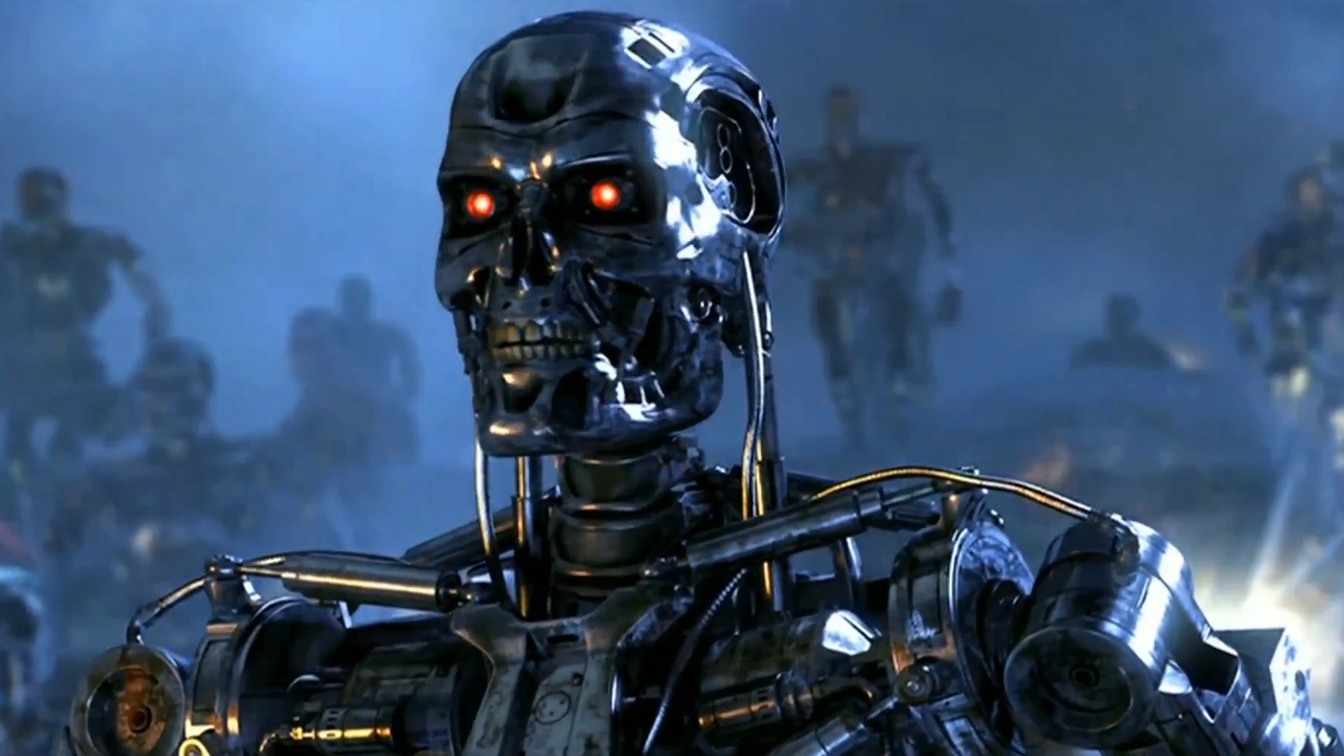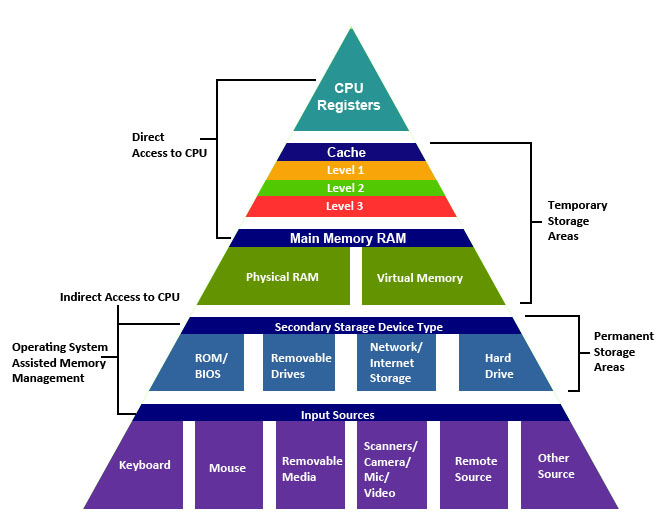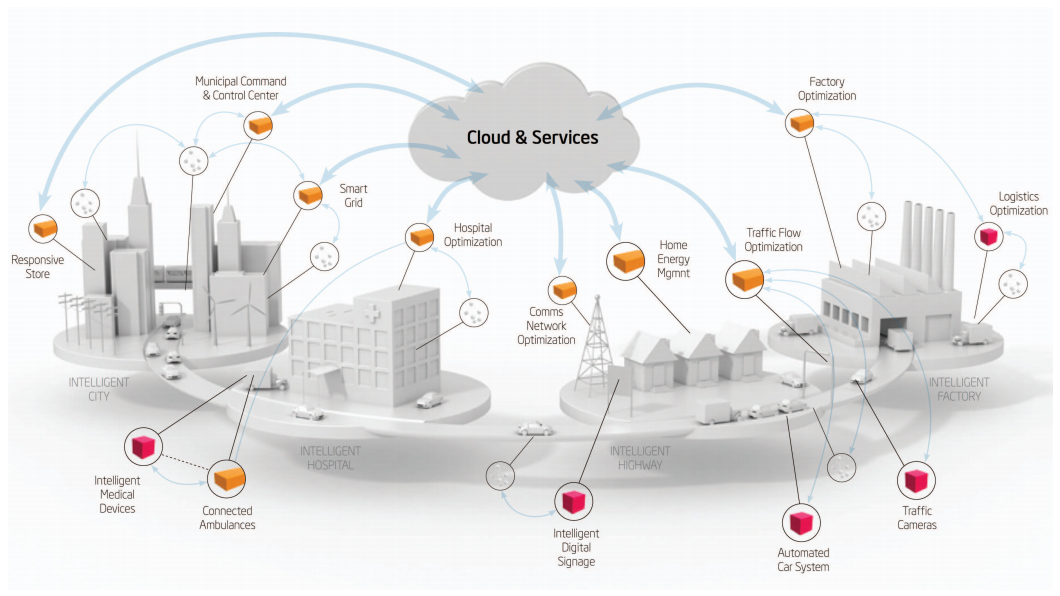“The Machine,” and a new OS

Back in the beginning days of this semester, we talked about a storage technology developed by Hewlett-Packard known as the Memristor, which is capable of storing massive amounts of data in small spaces, and in state. In other words, it doesn’t rely on the binary construct of 1 or 0, but rather the ability to store data as any value between 1 and 0.
Recently, HP announced an ambitious new project they have dubbed The Machine, which is meant to improve system architecture by using its Moonshot servers as well as fiber to connect the CPU directly to storage without the physical proximity constraints copper requires, vastly increase memory performance by using memristors (which is still considered a misspelled word by editors) to flatten the memory hierarchy we learned about, and top it all off with an operating system based on Linux that HP has cleverly dubbed Linux++. On a side note, ‘++’ in programing is how you increment a value, and it comes up in naming conventions a lot; for example, the notepad I use over the built-in Windows notepad has the name of Notepad++, and coincidentally if you do any programming, it’s a necessity.
I couldn’t finds a whole lot on Linux++, which is expected to be released in 2015, but that may be because HP is still working on it, and because they intend to supersede it with another OS developed specifically for The Machine.
The ultimate purpose of The Machine, according to HP, is to re-think computer architectures to meet the exponentially-expanding creation of data, and the exponentially-increasing need to collect, store, manage, and analyze it all. It was spurred by what has come to be known as The Internet of Things, in which every device out there, not just phones and tablets and POS terminals, but refrigerators and cars and light bulbs and everything else, will be gathering data about themselves and their performance. Needless to say, that results in an almost inconceivable mountain of data, and just as we talked about on the first day of class, and just as you addressed in a related discussion question, that data has to be managed.
In a presentation by HP CTO Martin Fink, which I have embedded below, one example he provides is that a commercial airline only stores 32 kilobytes (you read that right) during a flight. That’s because due to technical limitations in transmission and storage, what is considered ‘normal’ is discarded to save on resources. However, with The Machine, data could be stored about everything, including the airspeed, shade positions, in-flight movie, meals served, and share that with all other airplanes flying at that time, independent of carrier. I question the need for an American Airlines flight to know what another Southwest flight’s shade positions are, but then that isn’t my industry.
Speaking of storage, you may remember that we discussed how each increase in bytes is an increase of 1000x, so a gigabyte is 1000 megabytes, and a terabyte is 1000 gigabytes, and so on. We continued that out to brontobytes, which is 1000 yottabytes, and we stopped there because it is only a theoretical and not a practical consideration. Well surprise surprise, in one of the slides shown while presenting The Machine, they went so far as to invoke the Geopbyte when mentioning storage, which is 1000 brontobytes – a capacity so large it is only whisperingly theoretical, in fact it is considered the largest current measure of storage that can even be postulated, never mind created, and we didn’t even discuss it when talking about Yottabytes and Brontobytes because of that.
They also claim it will be completely secure, and much faster. It would certainly have to be. The were long on detail regarding the machine, discussing for example how in their new environment “electrons compute, photons communicate, and ions store,” but they provided very little detail on the security they touted. That will need to be made more transparent before it will be taken as read.
HP is claiming that The Machine is a complete system redesign in both hardware and software, and I can see where they are going with it, but what was also surprising to me is that the whole software side of the project intends to be open source, no charge, and they will be releasing a virtualized hardware environment next year to let developers begin working with it.
Here is HP CTO Martin Fink introducing The Machine at HP’s Discover Conference in Barcelona:


